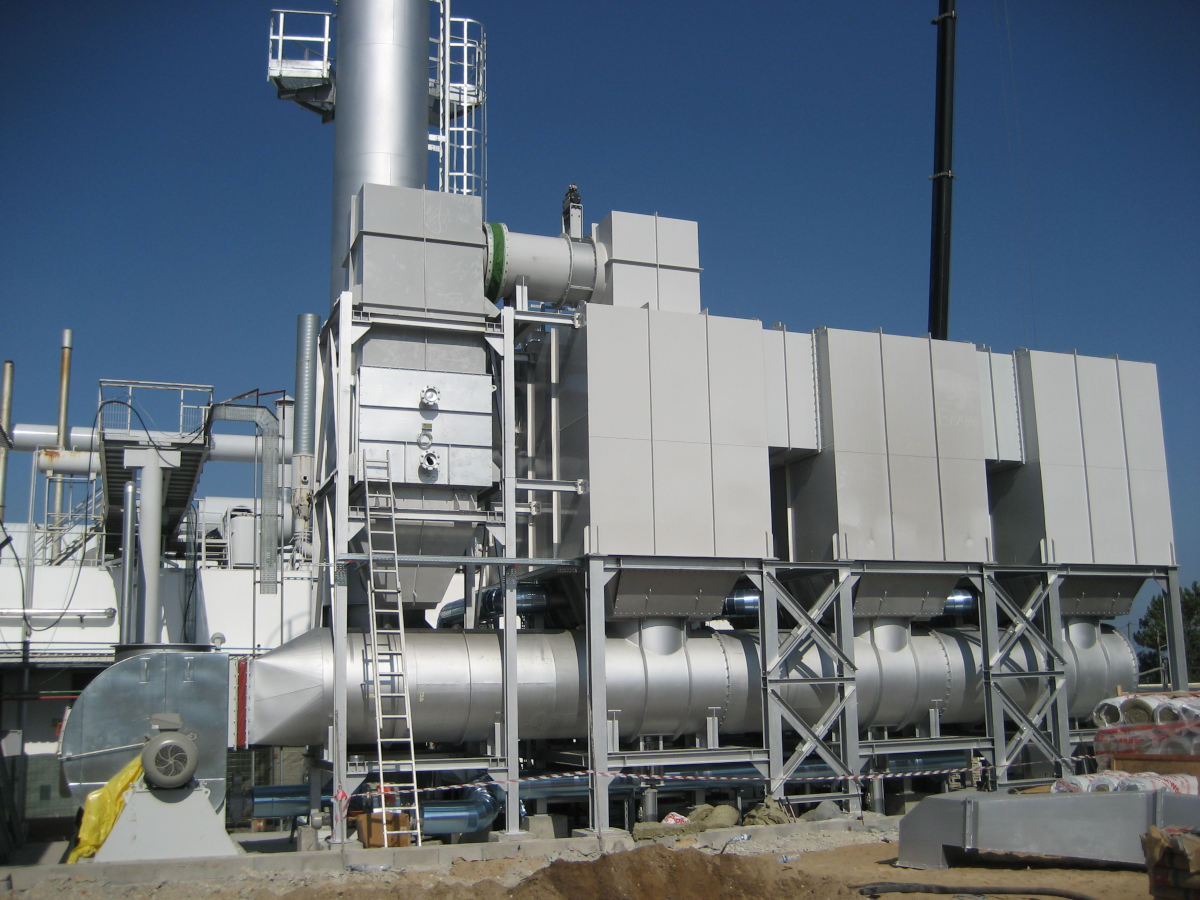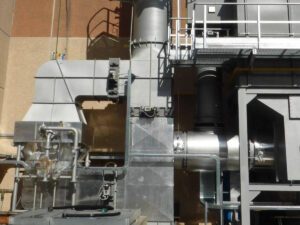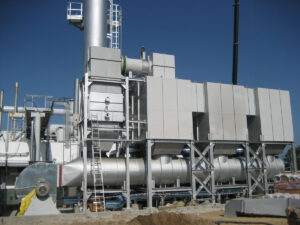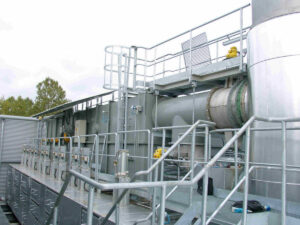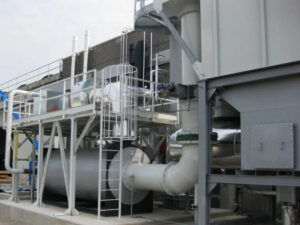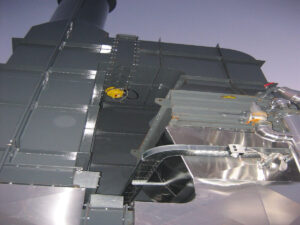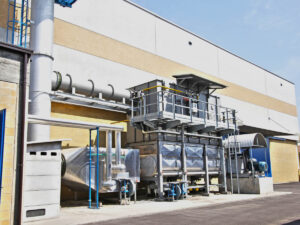When a common ecological consciousness developed, treatment plants were only requested to comply with standards, as regards the value of the residual pollutants in the emission stack.
But from the get go, the problem of trying not to add further burdens to production costs became clear, linked to the management of the treatment systems themselves. Most of the “players” of this market therefore endeavoured to optimise existing technologies to reduce consumption. It is essential to acknowledge the limited nature of resources in order to understand that it is mandatory not to waste the useful provisions available in the various industrial processes. Keeping this philosophy in mind, Brofind always studied its abatement, solid recovery and zero waste processes so as not to squander the useful provisions available.
Features and advantages
- economical and ecological savings
- quick payback time
- steam production
- energy recovery
- reduction of consumption to heat the stream
- energy savings oscillating between 30% – 100% of the object of the application
- pay back time within the year
- reduction of the steam consumption produced by the boiler means lower operating costs (fuel, water, reagents for water treatment, etc.) and less CO2 emission in the atmosphere
Thermal recovery methods
Diathermic oil heating
Some production lines make use of diathermic oil for heating In some cases, we verified and agreed with the customer to replace the existing heating system (for example with direct or indirect burners), with a new diathermic oil circuit, leading to considerable energy saving, but also achieving a better control of process temperatures, thanks to the greater versatility of the new circuit. The nature of the diathermic oil implicates a heat recovery circuit which extracts excess refrigeration units, directly from the hottest zone of the purification process (combustion chamber) and not only from the stack. A special refractory butterfly valve can extract air at 800-900 °C and modulate recovery depending on the heat availability in the treatment process and the demand of the production circuit. The heat recovery system can also be integrated with an actual boiler which intervenes to guarantee the requirements of the production line, even in the absence of pollutants (for example at start-up).
APPLICATIONS
- in existing abatement plants, where possible, to have extra heat in the combustion chamber to supply this application
- in newly-built abatement plants
BENEFITS
- economical and ecological savings
- quick payback time
Steam production
Where recovery is not possible due to, for example, the high acidity of the combustion fumes due to the breakdown of organic compounds of Chlorine or Bromine, we installed a flue gas pipe boiler to produce steam. This technology, thanks to the evaporation temperature of the water and to the operating pressure, makes it possible to work in the non-aggressive zone of these acids, producing medium pressure steam in a completely safe way. In some cases this steam, in addition to being introduced into the circuit, is also used to heat the combustion fumes themselves. Cooling the fumes in the boiler also makes the following pretreatment phase (quencher + scrubber) easier and less costly.
APPLICATIONS:
- in existing plants where heat recovery is needed in the form of steam
- in new plants
- downstream of the direct thermal oxidizers even in the presence of halogenated organic compounds
BENEFITS:
- steam production
- energy recovery
Air heating
When the effluent in the stack is an adequate temperature and therefore capable of indirectly recovering heat, an exchanger can be installed to heat for example the combustion air for burners, or to use air for flash off devices or dryers.
APPLICATIONS
- in existing abatement plants
- in new abatement plants
BENEFITS
- reduction of consumption to heat the stream
Closed loop
In many cases the air introduced into the stack of the treatment plant still has a certain residual enthalpy, too low to justify further indirect recovery, but perhaps exactly for this reason ideal for direct recovery. As a matter of fact, sometimes in certain departments or areas of the production line hot air is required for drying, for flash off for post-treatment or other. This air can be drawn directly from the stack or appropriately mixed with ambient air, in a dedicated “mixing room”, to achieve the required ideal operating conditions.
APPLICATIONS:
- existing plants with a very high stack flue gas temperature
- possibility of reusing effluent in areas not directly manned by operators
- as an option in new plants with the above-mentioned conditions
BENEFITS:
- energy savings oscillating between 30% – 100% of the object of the application
- pay back time within the year
Steam back
Brofind has optimised the process to reduce the consumption of steam, necessary to regenerate the activated carbon as much as possible, accelerating the payback of the plant. A recovery process of the enthalpy of the steam used has also been developed. The residual heat in the desorbate, exiting the activated carbon filters during the regeneration phase, is recovered, preheating the water and then, using a special Venturi ejector, fed with steam, produces about 30% of the steam necessary for the application free of charge.
APPLICATIONS:
- existing or newly installed solvent recovery plants with steam regeneration
BENEFITS:
- reduction of the steam consumption produced by the boiler means lower operating costs (fuel, water, reagents for water treatment, etc.) and less CO2 emission in the atmosphere
- less cooling water consumption and lower operating costs of the plant
- less condensate to be treated and therefore lower management costs.
Production of refrigeration unit
Though it could seem an oxymoron, refrigeration units can be produced using the heat extracted from a purification process. Our experience envisions the use of Lithium salt plants which, starting from hot water, steam or directly hot air, are capable of storing refrigeration units and returning this energy as chilled water at 7°C for example.
APPLICATIONS:
- in existing pollution control plants with stack temperatures around 400°C
- possibility of using refrigeration units inside one’s production
- in new plants where these conditions are met
BENEFITS:
- energy-saving for production, for example of cold water or of refrigeration units useful for the production process
- quick payback time
